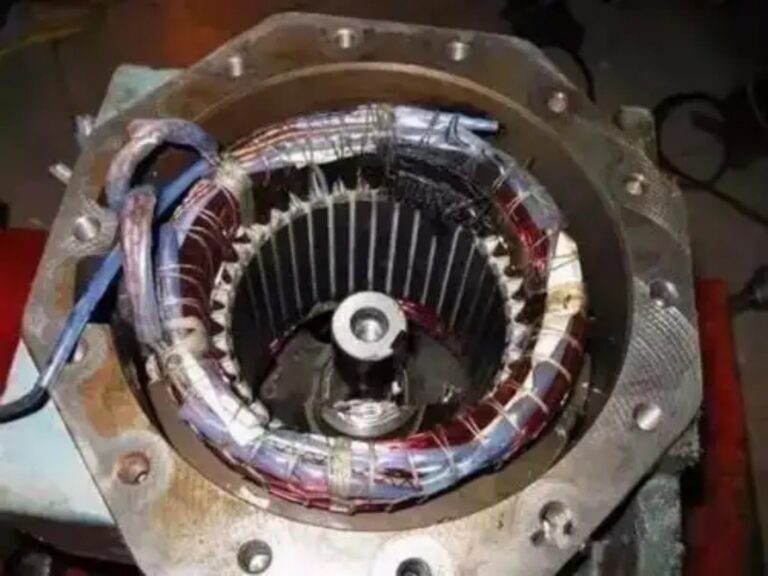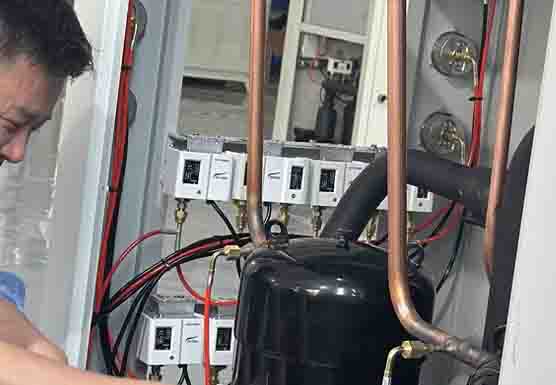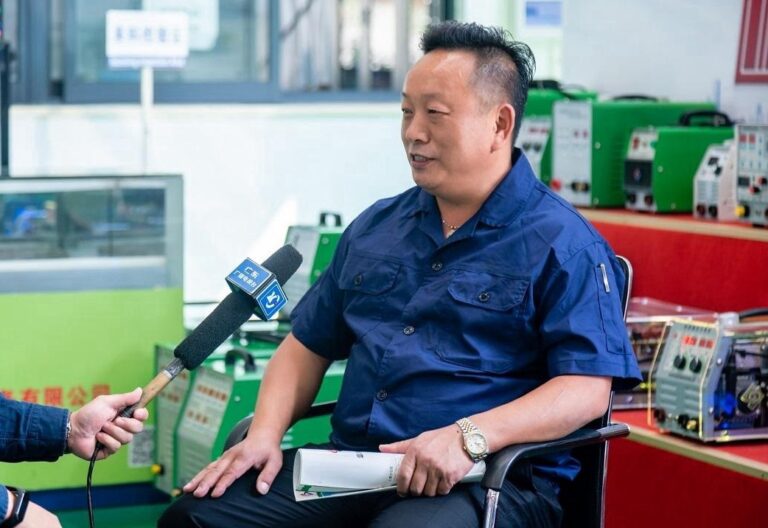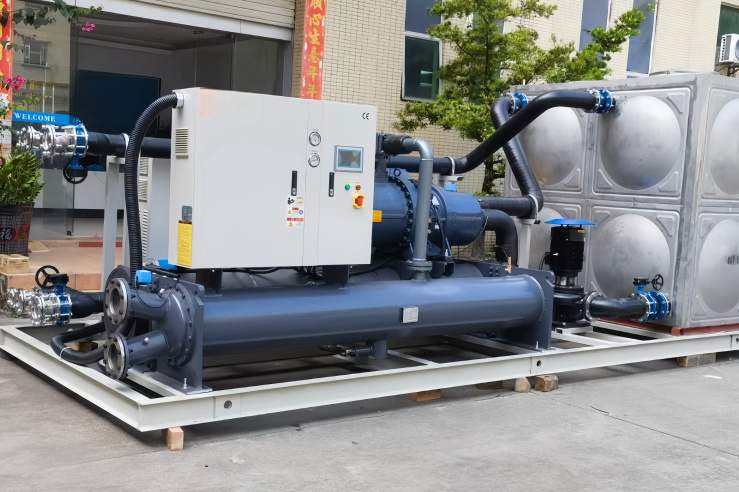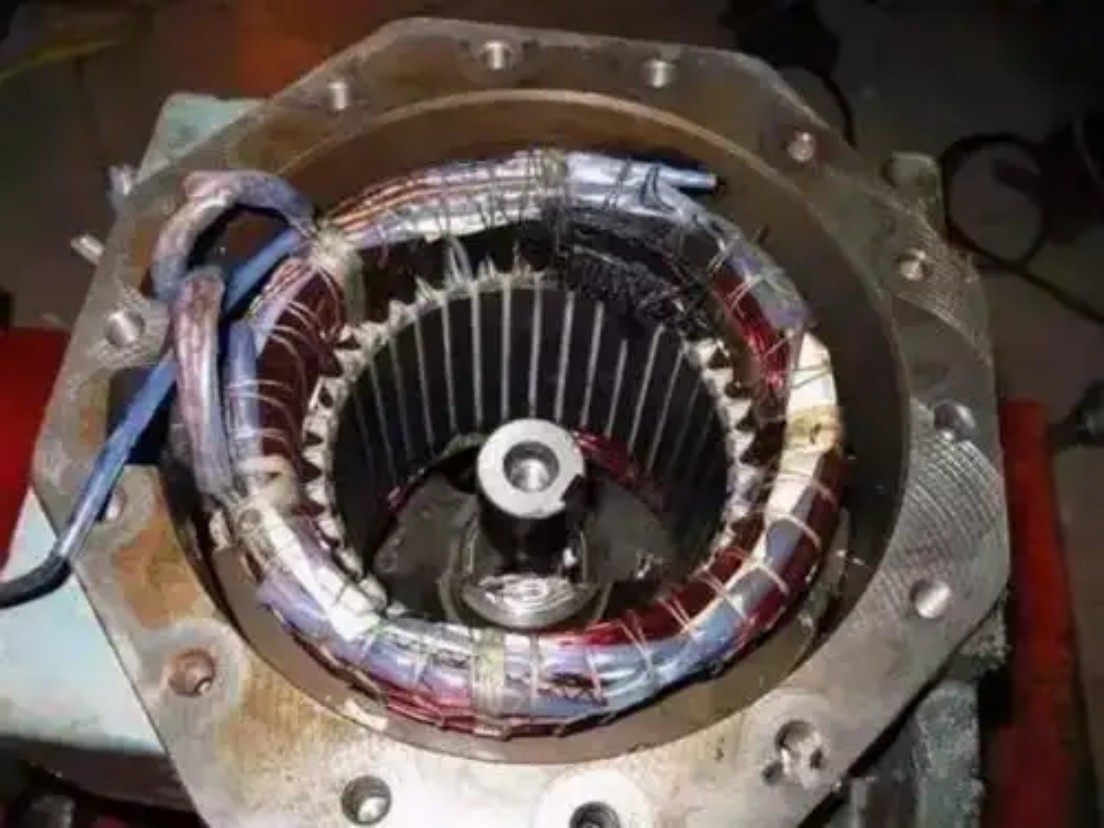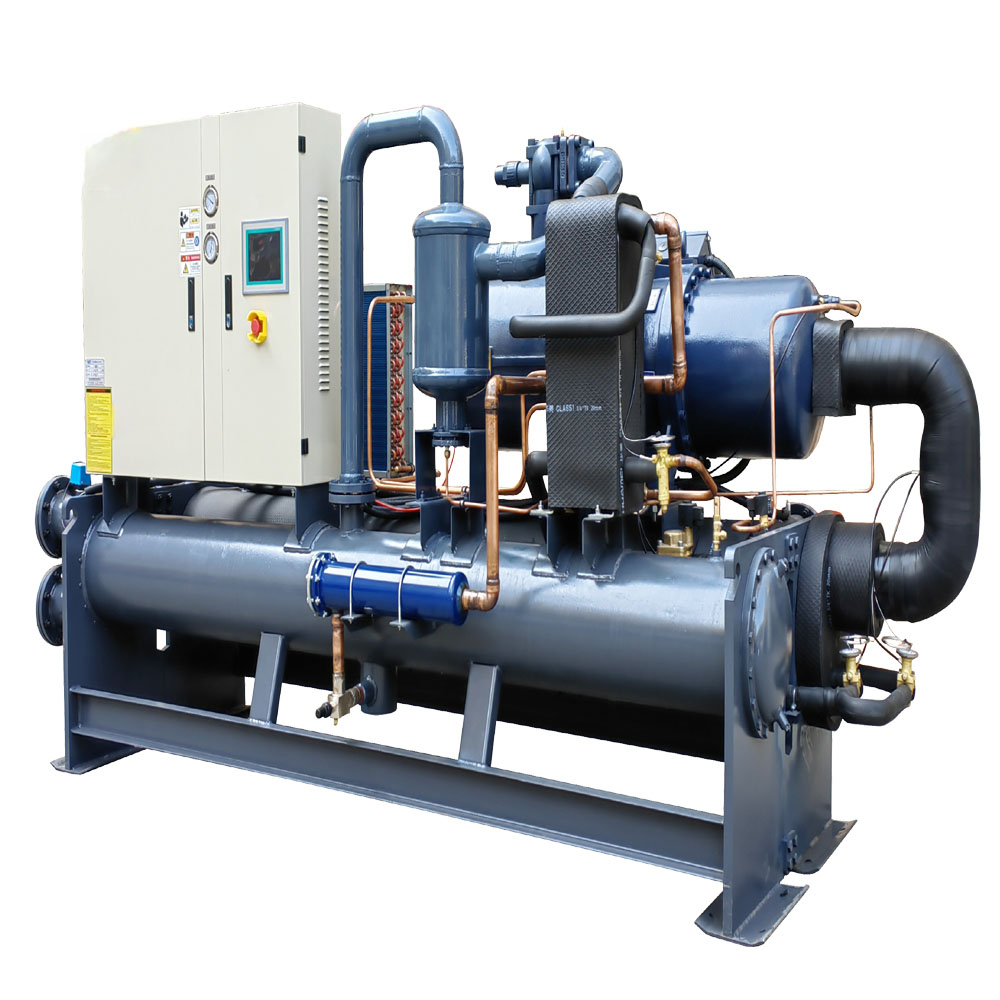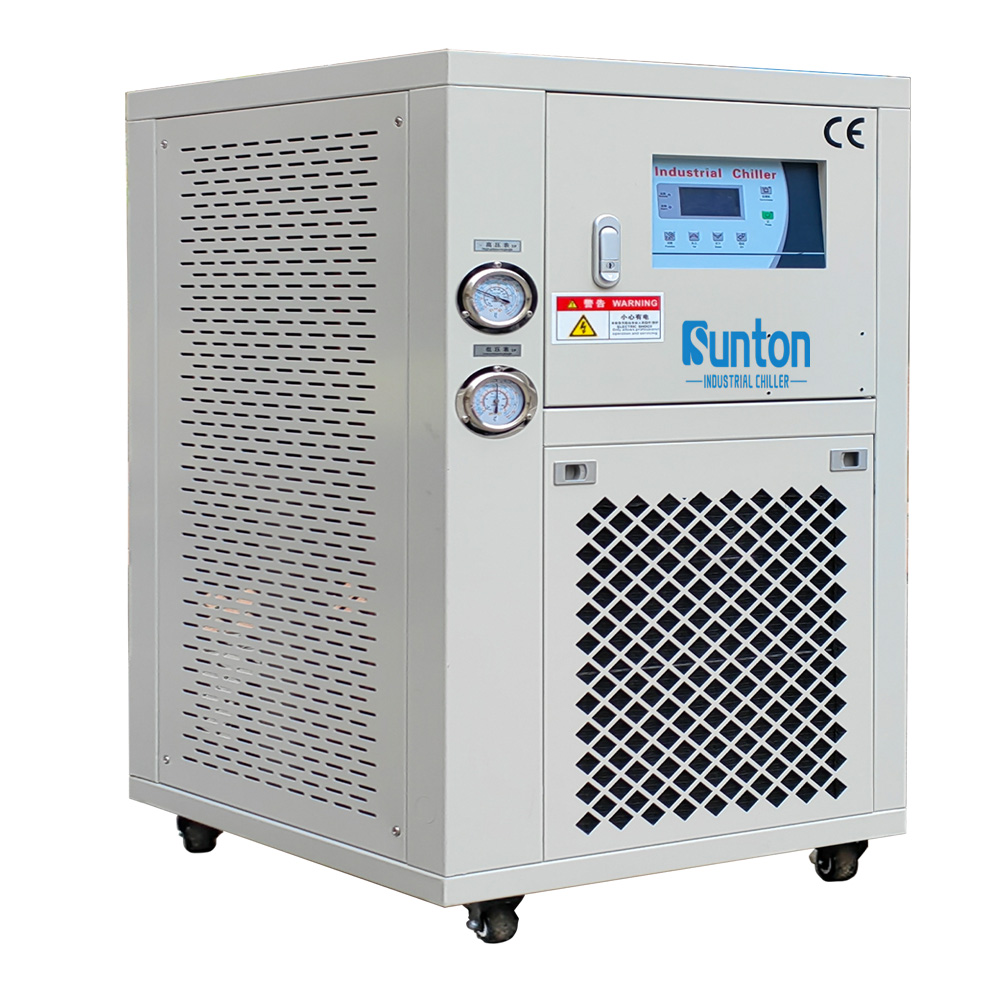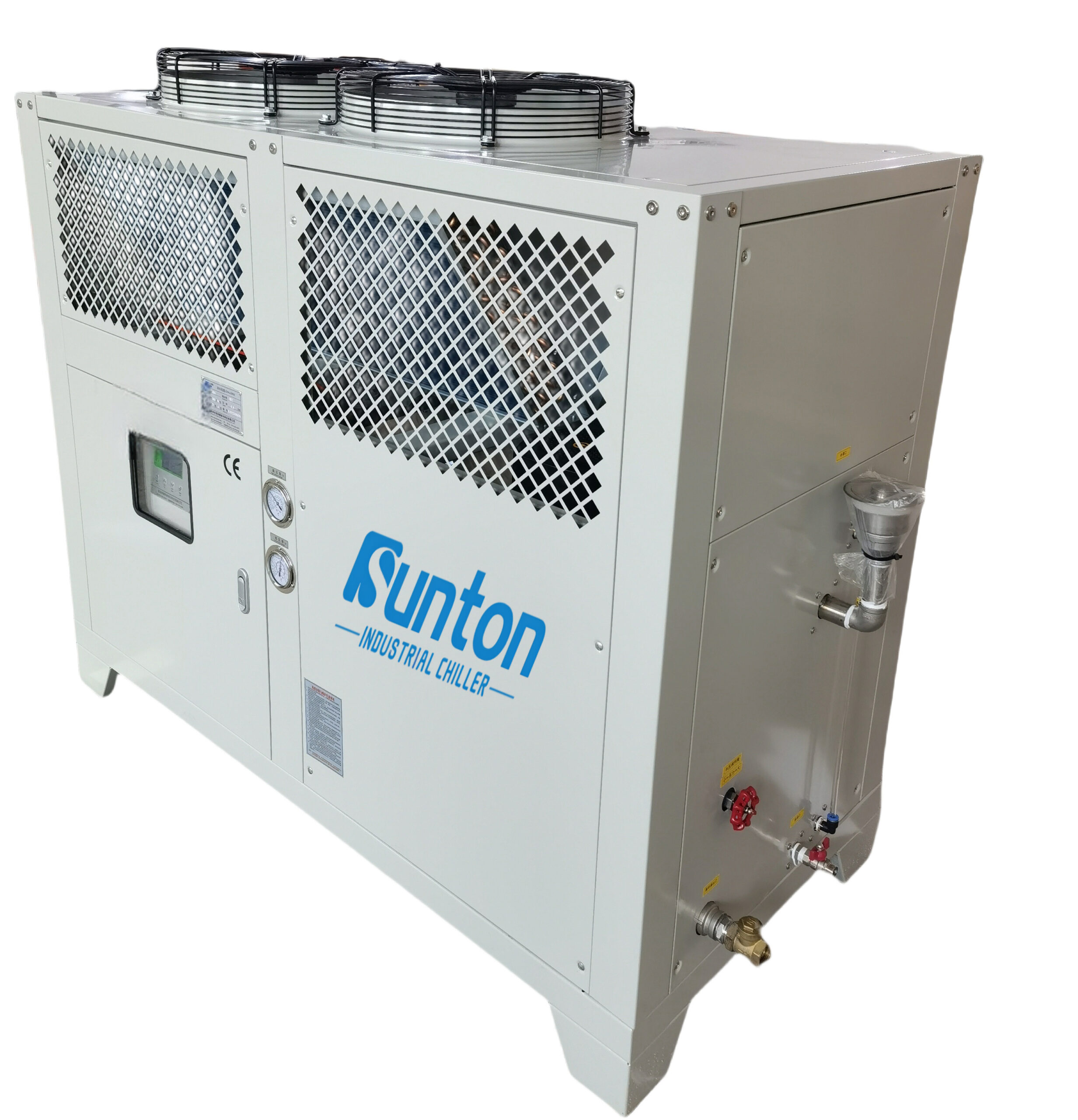-
Dalingshan Industrial Guangdong
Sistemas de refrigeración Perfect Ice, enfriadores industriales para pistas de hielo
Creación de sistemas de refrigeración de hielo perfectos: La guía esencial para enfriadores de pistas de hielo
Construir y mantener una pista de hielo de alta calidad requiere más que simplemente congelar agua. Exige un entorno controlado con precisión, y la clave para ello es el enfriador de la pista. Esta guía completa explora el papel crucial de la refrigeración para crear la superficie de patinaje perfecta, abarcando desde los fundamentos del sistema de refrigeración hasta la elección del enfriador adecuado para su pista. Ya sea que esté planeando una pista de hielo recreativa (las pistas de hielo son esenciales tanto para el patinaje recreativo como para el hockey sobre hielo competitivo), una pista de hockey profesional o un diseño de hielo personalizado, este artículo le brindará los conocimientos necesarios para tomar decisiones informadas y garantizar un funcionamiento eficiente.
Esquema del artículo
Índice
La ciencia del hielo: Por qué la refrigeración es esencial para las pistas de hielo
Crear y mantener una superficie de hielo lisa y dura, apta para patinar, requiere temperaturas constantes bajo cero. Un sistema de refrigeración, en concreto un enfriador de pista, desempeña un papel fundamental al eliminar el calor de la superficie de la pista y del suelo bajo el hielo, evitando su derretimiento y garantizando una calidad óptima del hielo. Sin un enfriador, la pista quedaría rápidamente inutilizable, especialmente en climas cálidos. El enfriador trabaja incansablemente para enfriar el hielo y mantener su temperatura ideal para patinar, ya sea hockey, patinaje artístico o simplemente por placer. Incluso en climas más fríos, una pista refrigerada puede mantener las condiciones óptimas del hielo. El enfriador ayuda a regular la temperatura de la pista, permitiendo un tiempo de hielo constante durante toda la temporada de patinaje.
<img src="""" alt="""">
Imagínese un refrigerador gigante para su pista. El enfriador hace circular un refrigerante que absorbe el calor de un líquido secundario, generalmente salmuera o glicol, que se utiliza a menudo en sistemas de refrigeración para regular la temperatura del hielo, y que luego circula por tuberías dentro del suelo de la pista. Este proceso extrae continuamente el calor de la pista refrigerada de la superficie del hielo, manteniéndolo congelado de forma constante.
Comprensión de los sistemas de refrigeración de las pistas de hielo
Los sistemas de refrigeración de pistas de hielo generalmente constan de varios componentes clave que trabajan juntos:
- Enfriador: El enfriador es el corazón del sistema, responsable de enfriar el refrigerante secundario (salmuera o glicol). Utiliza un refrigerante, como el amoníaco, para absorber el calor.
- Bomba: La bomba hace circular la salmuera fría o el glicol a través del sistema de tuberías incrustado en la losa de hormigón debajo de la pista de hielo.
- Sistema de tuberías: Una red de tuberías dentro de los sistemas de enfriamiento de la pista de hielo hace circular la salmuera fría o el glicol, extrayendo calor del hielo.
- Condensador: El condensador libera el calor absorbido de la fuente al aire o al agua ambiente. Considérelo como el escape del calor.
- Sistema de control: Un sofisticado sistema de control supervisa y regula todo el proceso, manteniendo un control preciso de la temperatura y la presión.
Elegir el sistema de enfriamiento adecuado es esencial para mantener una calidad de hielo constante.
Se utiliza comúnmente un sistema de refrigeración indirecta, en el que el refrigerante no congela directamente el agua, sino que enfría un fluido secundario (salmuera o glicol) que circula por la superficie de la pista de hielo. Este método ofrece un mejor control de la temperatura y evita la posible contaminación del hielo por el refrigerante.
Tipos de enfriadores para pistas de hielo: cómo encontrar el ajuste perfecto
Existen varios tipos de enfriadores industriales que son esenciales para mantener la temperatura de las pistas de hielo. Son adecuados para aplicaciones de pistas de hielo:
- Enfriadores refrigerados por agua: Estos enfriadores utilizan agua como medio de condensación y suelen ser más eficientes energéticamente, especialmente en climas cálidos. Son ideales para pistas de hielo grandes gracias a su alta capacidad de enfriamiento. Considere... Enfriador de agua de tornillo refrigerado por agua para tales aplicaciones.
- Enfriadores refrigerados por aire: Estos enfriadores utilizan aire para enfriar los sistemas de refrigeración industrial de las pistas de hielo. El condensador es más fácil de instalar y mantener. Suelen ser la opción preferida para pistas de hielo pequeñas o portátiles debido a su tamaño compacto y su sencilla instalación. Explore opciones como... Enfriador de tornillo refrigerado por aire para estas necesidades.
- Enfriadores de glicol: Estos enfriadores están diseñados para enfriar glicol, un refrigerante secundario que se utiliza a menudo en sistemas de pistas de hielo debido a su bajo punto de congelación y sus propiedades anticorrosivas. Ver más en Enfriadoras de glicol.
- Enfriadores de amoniaco: Estos enfriadores utilizan amoníaco como refrigerante, el cual es altamente eficiente y ecológico. El amoníaco es un refrigerante natural con un potencial nulo de agotamiento de la capa de ozono y un potencial de calentamiento global muy bajo. Sin embargo, requiere precauciones de seguridad especializadas debido a su toxicidad. Refrigeradores antiexplosión Podría considerarse cuando existan requisitos de seguridad especiales.
- Enfriadores de pergamino: Para pistas de hielo más pequeñas o con limitaciones de espacio específicas, los enfriadores de espiral ofrecen una solución compacta y eficiente. Enfriador de agua Scroll refrigerado por agua Podría ser la opción perfecta para tales requisitos.
La selección del tipo correcto de enfriador depende de factores como el tamaño de la pista de hielo, consideraciones de costos operativos, el clima y las regulaciones ambientales.
Consideraciones clave al elegir un enfriador de pista de hielo
Seleccionar el enfriador perfecto para su pista de hielo requiere considerar cuidadosamente varios factores clave:
- Capacidad de refrigeración: Este es quizás el factor más importante. El enfriador debe tener suficiente capacidad de enfriamiento para mantener la temperatura deseada del hielo en diversas condiciones, incluyendo la temperatura ambiente y los patrones de uso, lo cual es crucial para los sistemas de enfriamiento de pistas de hielo. Esta capacidad se mide generalmente en toneladas de refrigeración. Un enfriador de 10 toneladas puede congelar aproximadamente 10 toneladas de hielo en 24 horas. Siempre es recomendable sobredimensionar ligeramente el enfriador para adaptarse a picos de carga y futuras expansiones.
- Eficiencia Energética: Los costos de energía pueden representar un gasto significativo para las pistas de hielo. Elija un enfriador de bajo consumo para minimizar los costos operativos. Busque enfriadores con altos índices de eficiencia energética (EER) y valor de carga parcial integrada (IPLV). Optar por modelos de bajo consumo puede generar ahorros significativos a largo plazo. Enfriadora de agua scroll refrigerada por aire Por lo general, son energéticamente eficientes.
- Tipo de refrigerante: Considere el impacto ambiental y las normativas de seguridad asociadas con los diferentes refrigerantes. Si bien el amoníaco es altamente eficiente, requiere un manejo especializado. Otros refrigerantes, como los HFC, tienen un menor impacto ambiental, pero pueden ser menos eficientes. A menudo se utiliza salmuera, una solución de cloruro de calcio, debido a su bajo punto de congelación. Esta actúa como anticongelante. La salmuera refrigerada circula bajo la superficie de la pista, asegurando que el hielo se mantenga congelado.
- Requisitos de mantenimiento: Elija un enfriador de fácil mantenimiento y con piezas fácilmente disponibles. El mantenimiento regular es crucial para un funcionamiento eficiente y una larga vida útil. La calidad constante del hielo depende en gran medida del cuidado rutinario y la atención a los detalles, especialmente en pistas de hielo refrigeradas.
- Costos de instalación: Considere el costo de instalación, incluyendo tuberías, cableado y otros componentes necesarios. Un enfriador de pista de hielo es una inversión importante, y considerar el costo de instalación junto con el costo del equipo ayuda a elaborar el presupuesto.
- Huella: Considere el espacio físico disponible para el enfriador y otros equipos de refrigeración. Algunos enfriadores ocupan más espacio que otros. Esto puede ser un factor importante según la ubicación del sistema. Las pistas de hielo portátiles requieren soluciones de enfriadores compactas y móviles. Las pistas de hielo pequeñas, ya sean comerciales o residenciales, podrían necesitar enfriadores compactos que ocupen el mínimo espacio.
Al evaluar cuidadosamente estos factores, podrá seleccionar el enfriador óptimo que se ajuste a sus necesidades y presupuesto. Si busca refrigerar su pista de hielo recreativa, comprender su uso previsto, la frecuencia de uso y el clima local le ayudará a tomar la decisión. Por ejemplo, un enfriador específico para pista de hielo en el patio trasero podría ser adecuado para uso individual.
Optimización de su sistema de enfriamiento para un funcionamiento energéticamente eficiente y recuperación de calor
Operar una pista de hielo puede consumir mucha energía. Sin embargo, existen varias estrategias que pueden mejorar significativamente la eficiencia energética y reducir los costos operativos:
- Recuperación de calor: Los sistemas de recuperación de calor capturan el calor residual generado por el enfriador y lo reutilizan para otros usos, como la calefacción del edificio, el calentamiento del agua para las duchas o incluso el derretimiento de hielo para la renovación de las superficies de las pistas de patinaje. Los sistemas de recuperación de calor pueden reducir significativamente los costes energéticos, además de ser respetuosos con el medio ambiente. El calor de un líquido secundario puede recuperarse y reutilizarse.
- Variadores de velocidad: Instale variadores de velocidad en bombas y ventiladores para ajustar su potencia según la demanda, reduciendo así el consumo de energía durante periodos de menor carga. Un variador de velocidad controla la velocidad del motor y mejora la eficiencia del funcionamiento.
- Diseño de tuberías optimizado: Asegúrese de que el sistema de tuberías esté correctamente aislado y diseñado para una refrigeración industrial eficiente. El flujo de salmuera o glicol minimiza las pérdidas por fricción y maximiza la transferencia de calor. Las tuberías integradas en la pista de hielo hacen circular salmuera fría para mantener temperaturas de congelación. Esto facilita la fabricación eficiente de hielo.
- Mantenimiento regular: El mantenimiento regular, que incluye la limpieza de los condensadores y la revisión del sistema de refrigeración para garantizar un rendimiento óptimo, es esencial para un funcionamiento eficiente. Un sistema bien mantenido funciona con mayor eficiencia y consume menos energía.
- Controles inteligentes: Implemente controles inteligentes que monitoreen y ajusten el rendimiento del sistema de refrigeración según las condiciones en tiempo real, como la temperatura ambiente y la temperatura del hielo. Las soluciones avanzadas de control de temperatura pueden ayudar a regular la salmuera refrigerada para mantener la calidad de la refrigeración de la pista de hielo.
Al implementar estas estrategias, los operadores de pistas de hielo pueden reducir significativamente los costos de energía y el impacto ambiental, manteniendo al mismo tiempo la eficiencia de los sistemas de refrigeración industrial y condiciones óptimas del hielo para los patinadores.
Mantenimiento de su enfriador de pista de hielo: consejos para una mayor durabilidad y rendimiento
Un mantenimiento adecuado es crucial para prolongar la vida útil de su enfriador y garantizar su funcionamiento eficiente continuo:
- Inspecciones periódicas: Inspeccione periódicamente todos los componentes del sistema de enfriamiento para detectar fugas, desgaste y daños. Preste especial atención al compresor, el condensador y las bombas. Solucione cualquier problema de inmediato para evitar problemas mayores. Para optimizar los sistemas de enfriamiento de pistas, las inspecciones periódicas son clave.
- Limpiar el condensador: Mantenga los serpentines del condensador limpios y sin residuos para garantizar una transferencia de calor óptima. Los serpentines sucios pueden reducir la eficiencia y aumentar el consumo de energía. El condensador libera calor, por lo que es importante que este componente funcione de forma óptima.
- Compruebe los niveles de refrigerante: Monitoree regularmente los niveles de refrigerante y solucione cualquier fuga de inmediato. Un nivel bajo de refrigerante puede reducir significativamente la capacidad y la eficiencia de enfriamiento. Un técnico calificado debe manejar los problemas relacionados con el refrigerante.

